[Islamabad] Saffron has the potential to help ameliorate Afghanistan’s dire economic difficulties. The country has long produced some of the best saffron in the world, and the spice has largely replaced opium cultivation in some areas because it is a more valuable crop. However, a desire by the Taliban to limit women in the workforce threatens to hamper saffron production.
Iran produces nearly all of the world’s saffron, long the world’s most costly spice by weight. Over the last few years, Afghanistan’s crop has gained popularity, with the country becoming the third-largest producer after Iran and India.
In 2020, for example, the Brussels-based International Taste Institute recognized Heart Province’s Afghan Saffron Company’s product as the best in the world.
The institute also awarded the 2021 Diamond Taste Award to another Afghan firm, the Kaihan Saffron Agriculture Company.
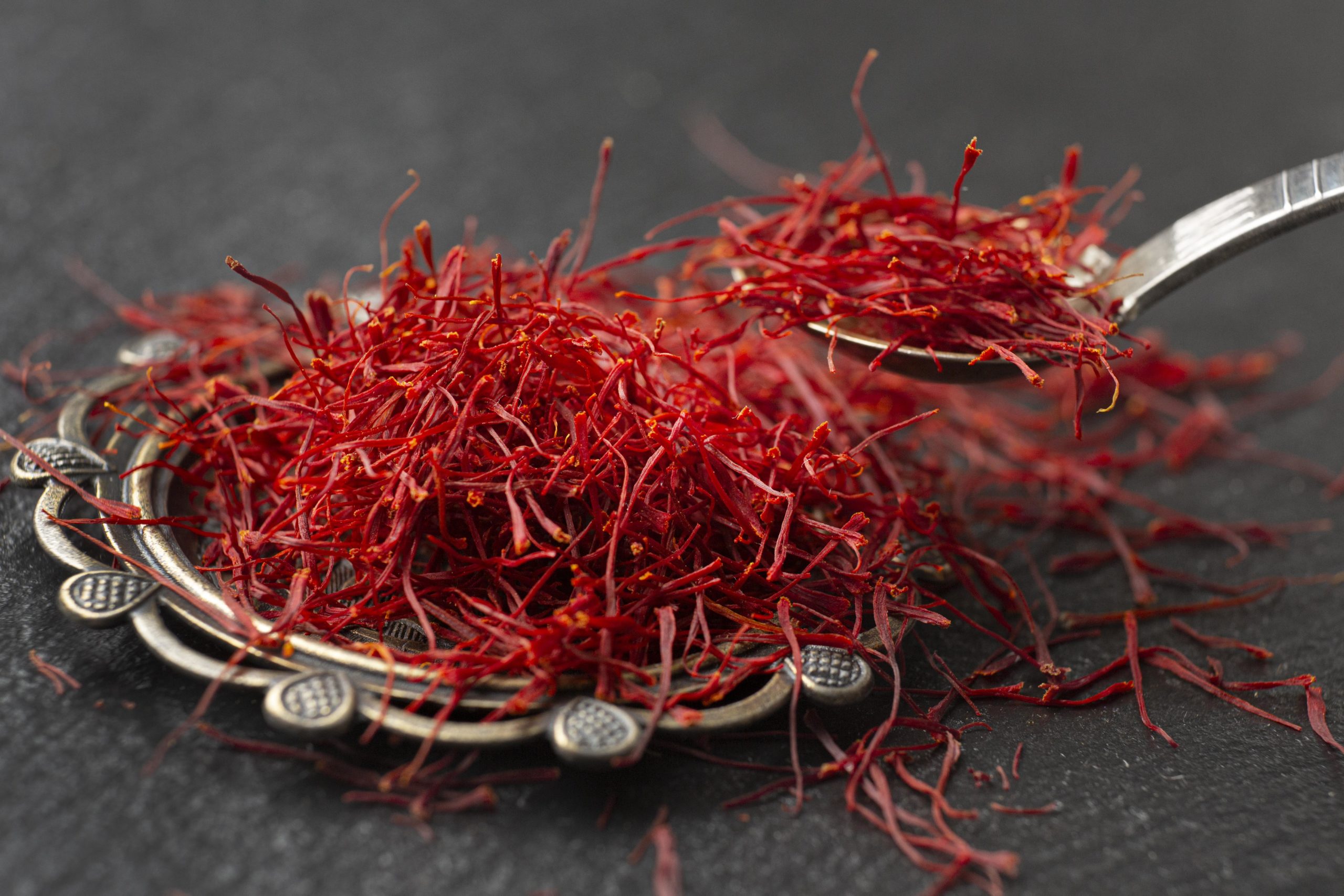
One kilogram of saffron sells for at least $1,400-$1,800 in Afghanistan and can trade worldwide for up to $4,500.
Herat Province produces the vast majority of Afghanistan’s saffron; in most areas, saffron cultivation has replaced opium.
The recently overthrown Western-backed government encouraged poppy farmers to grow saffron instead, in a bid to reduce the production of narcotics.
Unfortunately, due to high-level corruption and a lack of proper governance, the country remains the world’s biggest producer of opium and heroin, supplying between 80% and 90% of global output.
Saffron is uniquely placed to be a viable alternative in Afghanistan.
Shehzada Zeb Gul, a saffron exporter and a member of the Herat Chamber of Commerce, told The Media Line, “Afghan saffron has been recognized for the best quality across the globe for the last 10 years.”
“Due to the huge difference between the price of saffron and of opium, most farmers [in Herat] have given up poppy cultivation, as saffron is a more lucrative crop,” he continued. “One kilogram of saffron sells [in Afghanistan] for at least $1,400-$1,800; meanwhile, it can trade worldwide for up to $4,500.
“The price of opium is much lower than that, and open trade in opium is strictly banned by the Taliban,” he added.
“Saffron could be a new emerging industry in Afghanistan, but it needs a comprehensive and technical strategy, which is not yet seen from the country’s new rulers,” Gul said.
Ahmad Shujat, a Kabul-based former Agricultural Department director, told The Media Line, “At least 22,000 families were engaged in growing and producing saffron in Herat alone.”
“Women’s contribution in growing saffron was also high, but unfortunately, the Taliban’s tough stance on women workers is severely hampering the country’s lucrative production,” he continued.
This holiday season, give to:
Truth and understanding
The Media Line's intrepid correspondents are in Israel, Gaza, Lebanon, Syria and Pakistan providing first-person reporting.
They all said they cover it.
We see it.
We report with just one agenda: the truth.
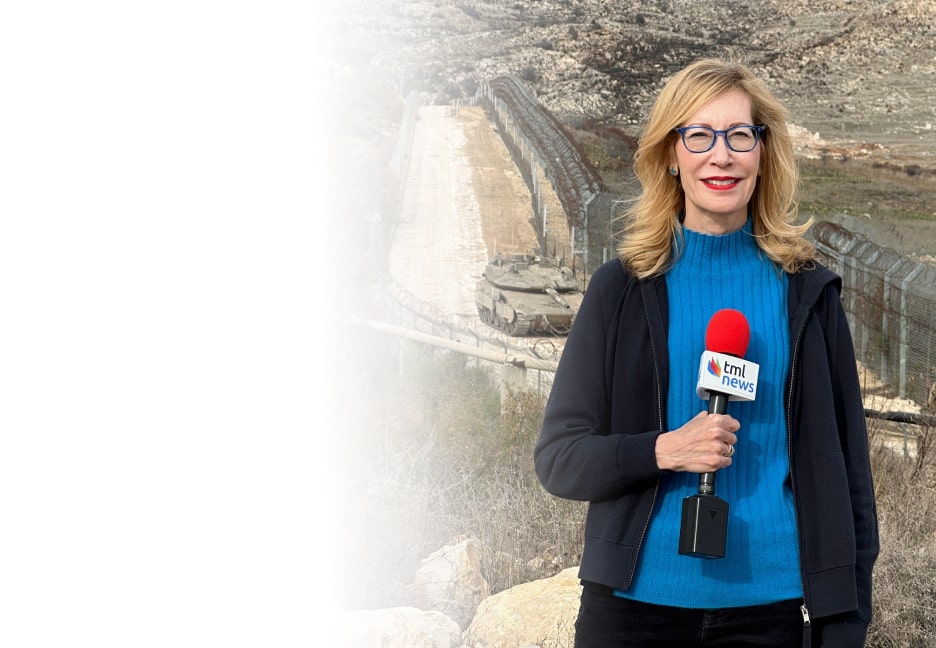
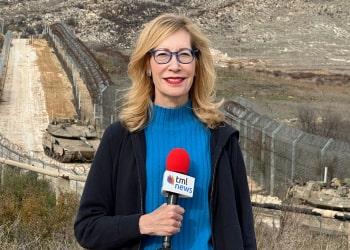
“At such a time, when the country’s economic structure has collapsed and the common man is in dire straits, saffron production has the potential to be a driver for both economic and social mobility,” Shujat said.
Saffron comes from the stigma and styles of the saffron crocus (Crocus sativus).
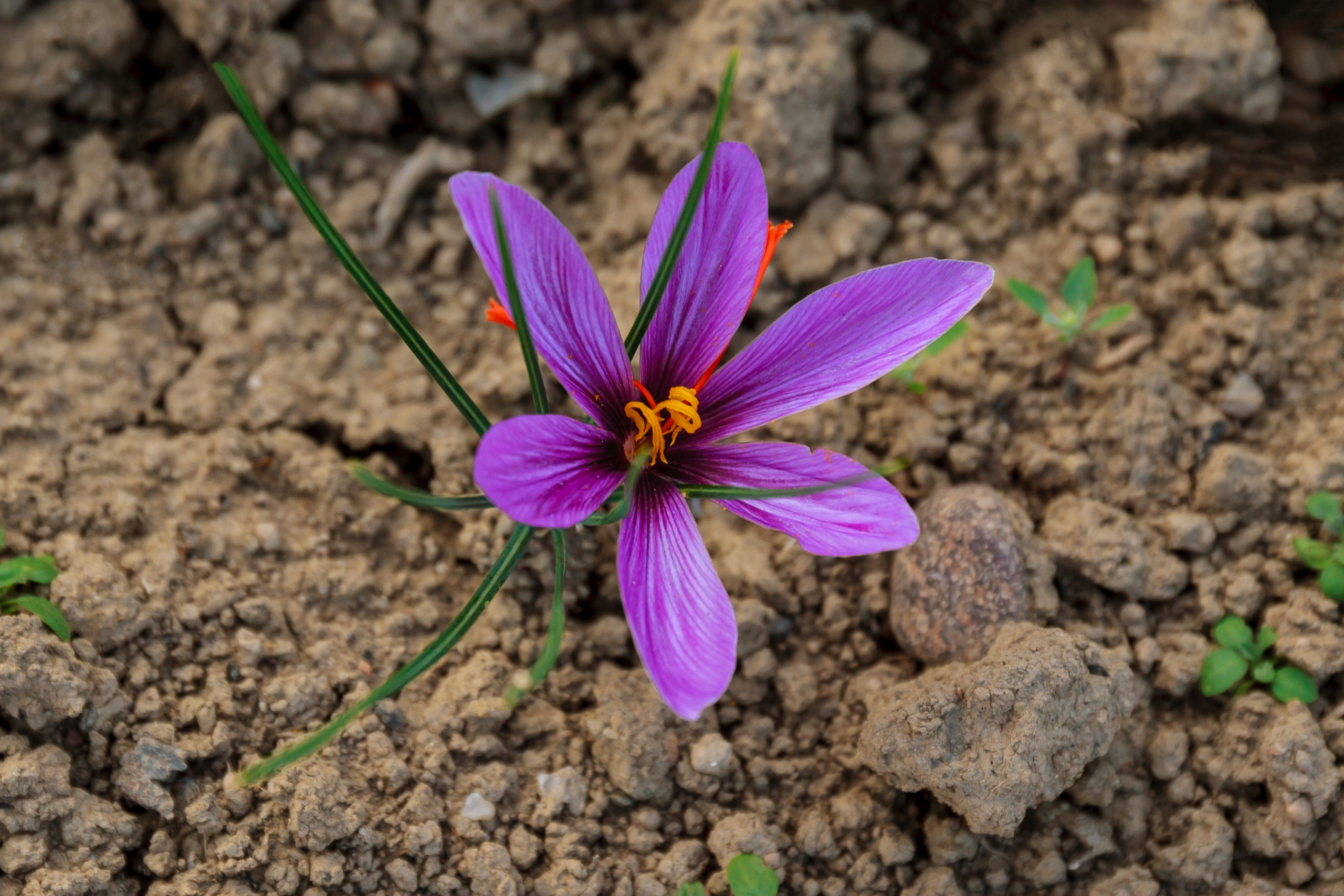
Single purple saffron flower in a field during harvest.
Each flower produces three stigmas, and it can take more than 150,000 flowers to produce a single kilogram of spice.
Saffron has been used for centuries in cooking for color and delicate flavoring. It is also used in the manufacture of medicines and perfumes.
Saffron has 2,000 years of history in Afghanistan, according to the country’s National Saffron Development Program.
“Approximately 300 tons of dried saffron filament and powder are produced in the world [annually], whereas based on climate and soil condition, Afghanistan can produce 50 to 70 tons,” according to the program.
As of its high value, Afghan saffron is also known as “red gold.”
The bright purple flowers are harvested in October and November. The mostly women farmers start picking the flowers early in the morning before they dry out.
Later, they divide the petals into two parts and pull out a thread or stigma. It is highly skilled and difficult work.
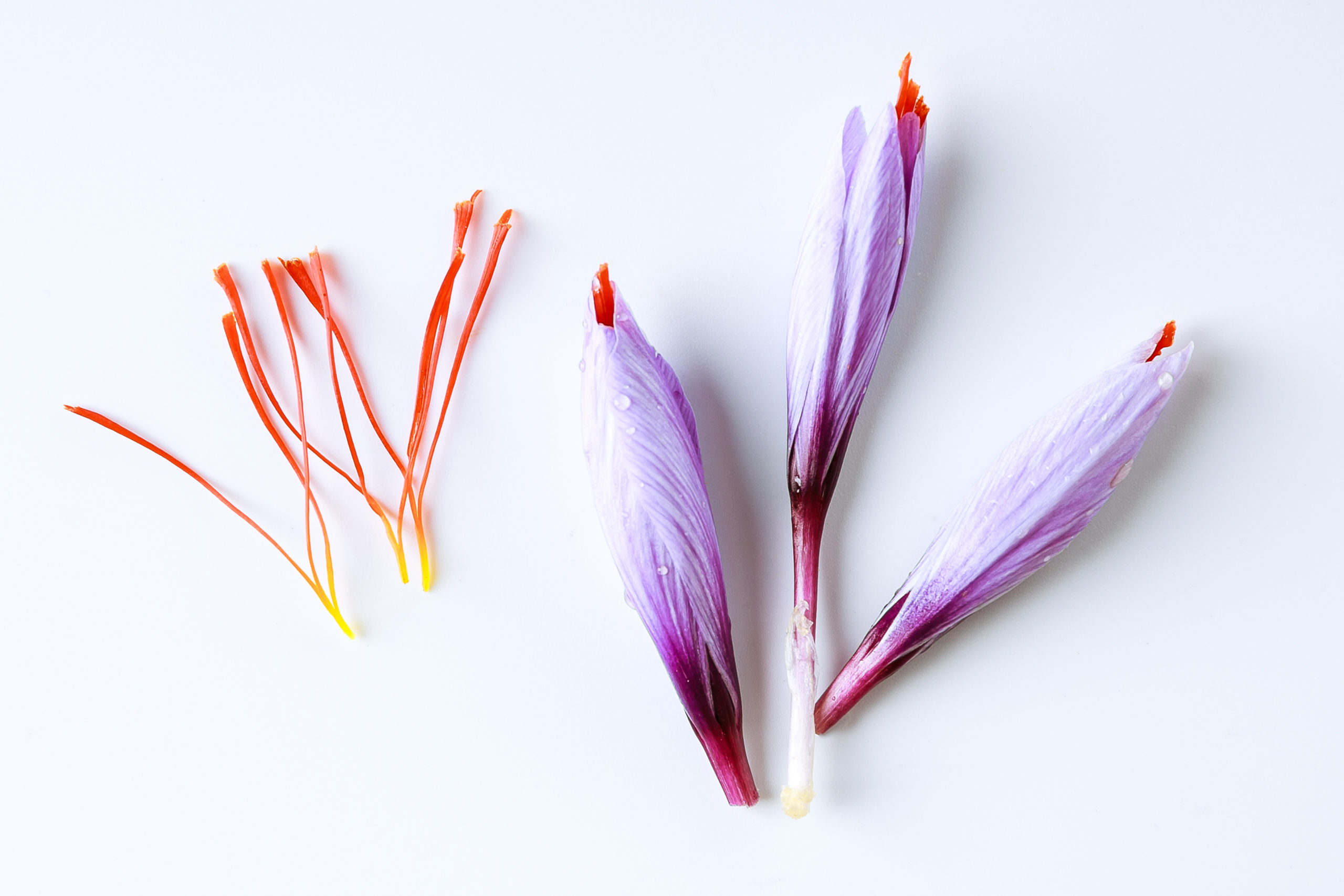
Fresh saffron flower and dried saffron threads.
Saffron is also grown in other provinces, but nearly 90% of Afghan saffron is produced in Herat.
Cultivation and production of saffron created many jobs for women in the province’s Pashtun Zarghun District, where 80% of those engaged in saffron harvesting, refining and packaging were women.
But Mehreena Shehzadi, a Herat-based women’s rights activist and a former member of the provincial women’s council, told The Media Line, “Due to the Taliban’s hard policy on working women, many businesswomen have fled the country.
“The women working in the saffron fields were helping to support their families in dignity,” she continued. “With this income, they were not only educating their children but also providing a livelihood for their families.”
“At least 20 local women entrepreneurs set up small companies where only women workers were engaged in the processing and packaging of saffron,” Shehzadi said.
“These same companies also exported Afghanistan’s red gold, saffron, to the international market, thus earning foreign exchange as well,” she added.
“During the 20-year presence of US-led foreign forces in the country, women, in particular, had countless opportunities to pursue higher studies and to engage in business,” Shehzadi continued. “Herat [city] has more women entrepreneurs than any other city in Afghanistan because of the cultivation of red gold, saffron.
“Many businesswomen have fled Herat city since the withdrawal of US-led forces from Afghanistan,” she noted.
“I am worried that these women will lose 20 years of hard work, but there is hope as well that a day will come sooner or later when Afghan women will be able to resume business and entrepreneurship in the country,” Shehzadi said.
Zabiullah Mujahid, the Taliban’s chief spokesperson in Kabul and deputy information minister, told The Media Line, “Our government has not imposed any restrictions on women working in Saffron fields.”
“For centuries, Afghan women have been farming side by side with their families,” Mujahid added. “Every Afghan woman is absolutely allowed to work and help her family but living within the limits of Shariah.”
“We will soon take positive steps to maximize saffron production and its global marketing,” he said.
Mohammad Ismail, a resident of Pashtun Zarghun city and a saffron grower and exporter, told The Media Line that the “good financial return for two consecutive years inspired him to grow saffron on more land.
“But unfortunately, the present government is doing nothing to find a market for this most valuable product,” he added.
“In June 2021, under the banner of the Afghan Ministry of Trade and Commerce, an exhibition was held in Beijing. The exhibition provided a good opportunity to introduce Afghan saffron in China,” he said. “Chinese traditional medicines are very well-known across the world and saffron is widely used in Chinese traditional pharmaceutical manufacturing.
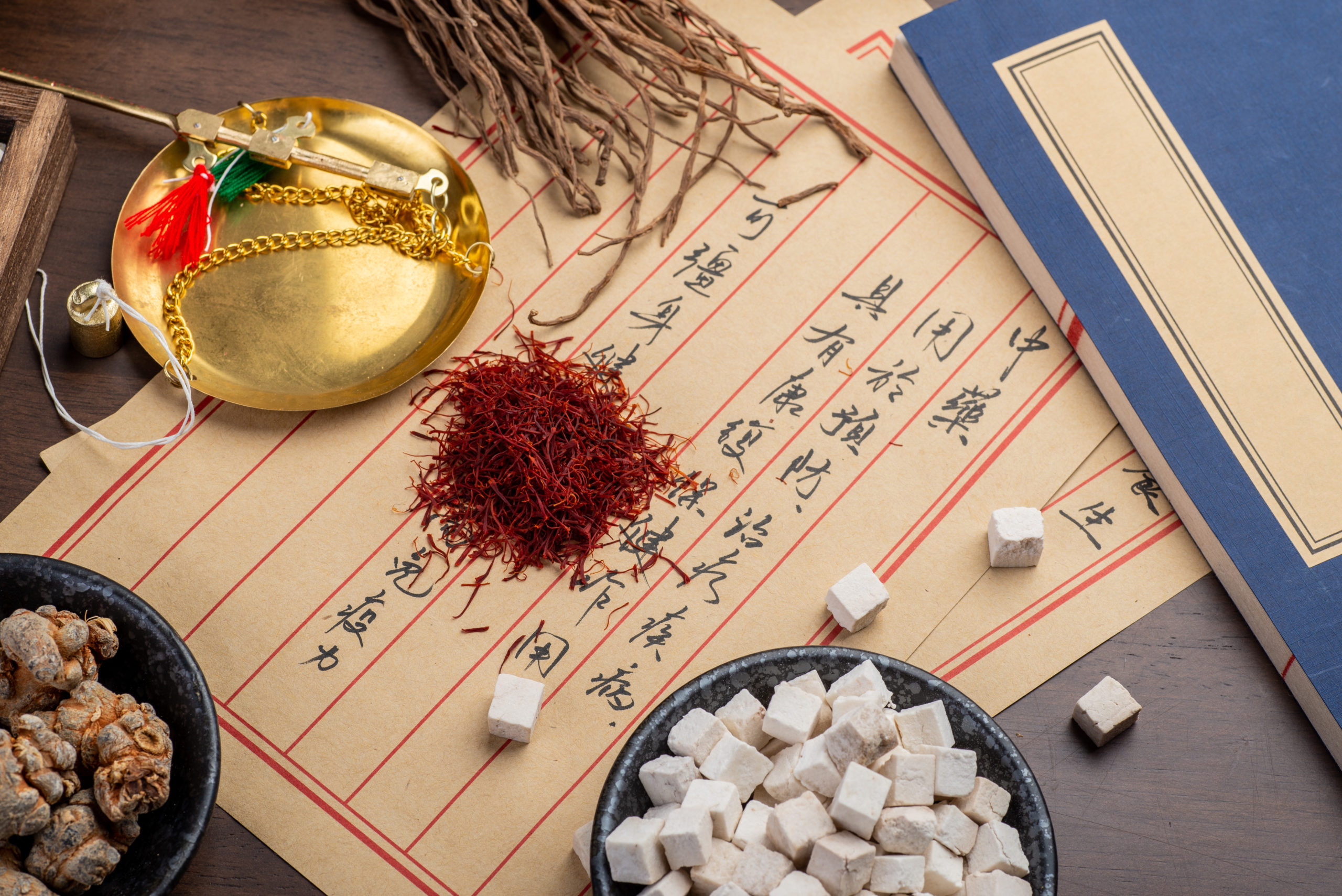
Saffron and ancient Chinese medical books
“China could become a huge market for Afghan saffron as the Chinese showed much interest in buying Afghan saffron, but unfortunately no positive progress has been made yet in this regard,” Ismail said.
Fazal E. Afgha, a Herat-based former customs official, told The Media Line, “Since Afghan saffron gained worldwide popularity, Iranians are trying to somehow harm the value of Afghan saffron on the global market.
“In the past, substandard saffron was smuggled from Iran to Afghanistan for this purpose, and then mixed with Afghan saffron and exported in collusion, but timely action by Afghan authorities greatly improved the situation,” Afgha said.